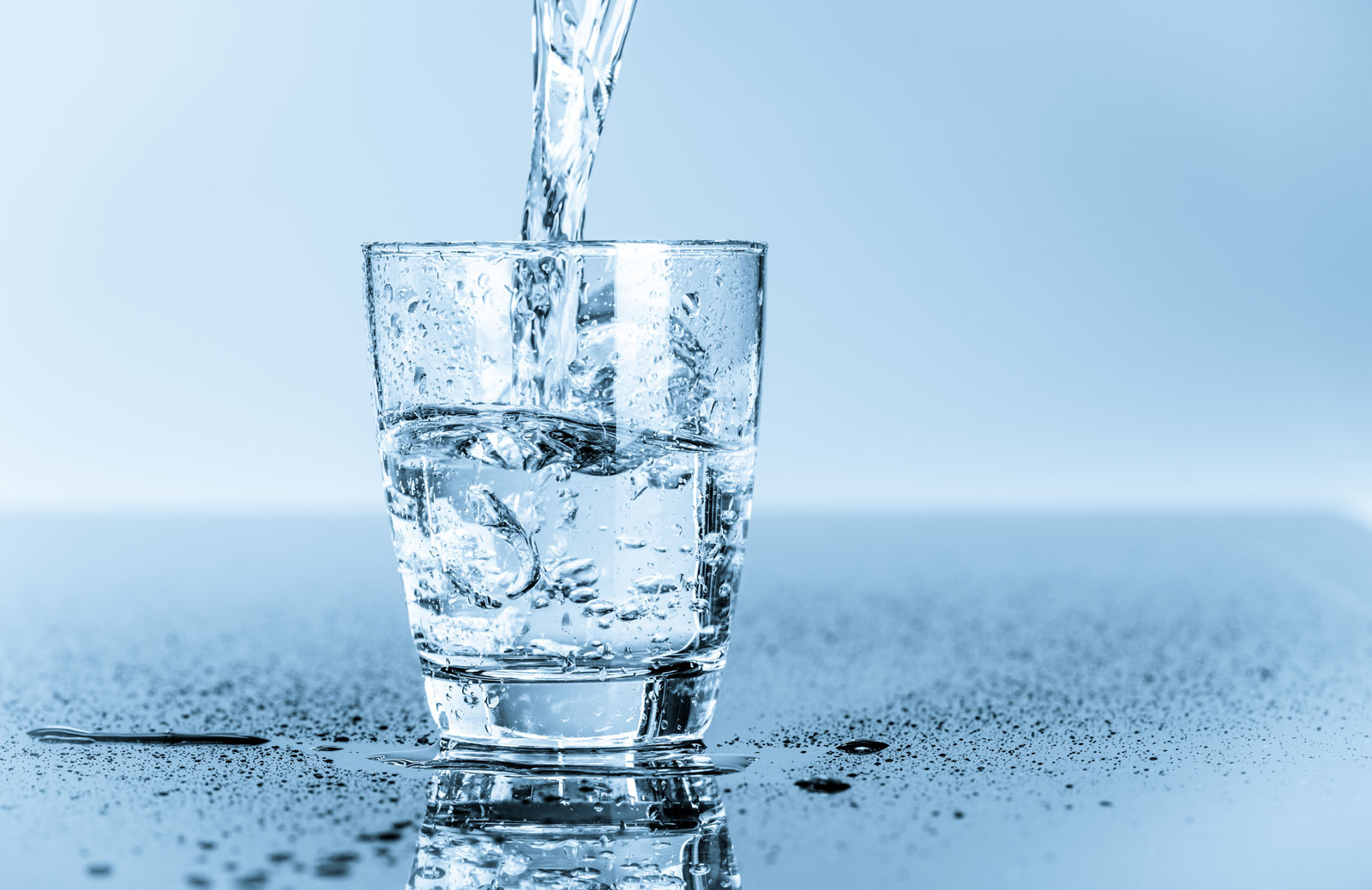- Total Coliform and E. Coli Enumeration by method SM9223B
- Nitrate, Nitrite, Fluoride, Bromide, Chloride, Orthophosphate, and Sulfate by method E300.1
- Total Dissoved Solids by method SM2540C
- pH by method SM4500+B
- Metals: Aluminum, Antimony, Arsenic, Barium, Beryllium, Cadmium, Chromium, Cobalt, Copper, Lead, Mercury, Molybdenum, Nickel, Selenium, Silver, Thallium, Vanadium, Zinc by method E200.8
- Specific Conductivity by method SM2510B
- Hardness by method SM2340B
- Turbidity by method SM2130B
- Alkalinity/Carbonate/Bicarbonate by method SM2320B
All testing packages include:
Delivery of sampling containers and coolers provided by McCampbell (MAI) for your sampling event
Free courier services is available for pick-up within a 70-mile radius of the lab
Please note that both Total Coliform and E.Coli analysis have a 30 hour hold time for drinking water (starting from the time of sample collection to the time the sample is set up for analysis in the lab) and it should be received Monday-Thursday no later than 4pm to avoid any weekend surcharge.
Standard turnaround time is 5 business days from the date samples are received at the lab. Any samples that arrive at the lab after 5pm are considered received the following business day. Contact our Lab for rush turnaround time availability and/or rush pricing. Delays in TAT are possible if re-analyzing is needed or if there are instrument issues. Final Reports will be emailed in PDF format. Clients are encouraged to inform the lab if partial reporting is acceptable.
*** $250 weekend surcharge applied to samples submitted on Fridays
McCampbell does not provide any field sampling or consulting services. If you need assistance with either of these services, MAI can recommend field samplers or consultants upon request.








